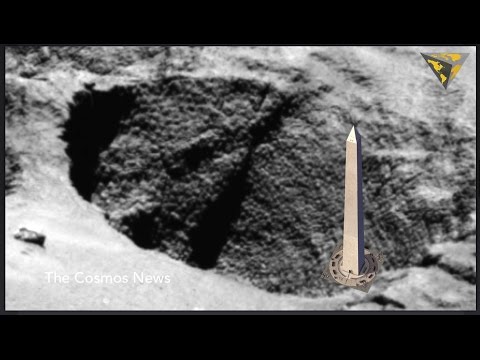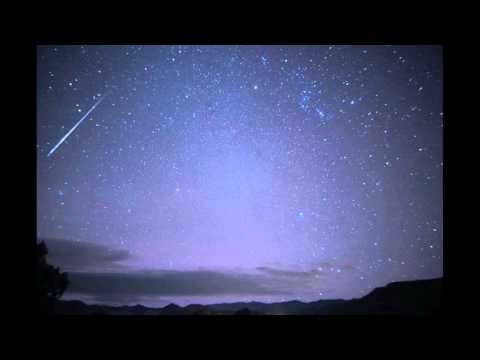Unraveling the Secrets of the Oort Cloud: A Closer Look at the Outer Reaches of our Solar System
The Oort Cloud, a vast and mysterious region at the outer reaches of our solar system, has long intrigued astronomers and scientists. Named after Dutch astronomer Jan Oort who first proposed its existence in 1950, the Oort Cloud is believed to be a collection of icy bodies and comets that orbit the sun at distances of up to 1.5 light years away.
Despite its distance and elusive nature, the Oort Cloud plays a crucial role in the dynamics of our solar system. It is thought to be the source of long-period comets, which occasionally venture into the inner solar system from their distant home. These comets provide valuable insights into the early formation of our solar system and the conditions that existed billions of years ago.
However, the Oort Cloud remains largely unexplored and shrouded in mystery. Its vast distances and dimly lit environment make it difficult to study directly. Most of what we know about the Oort Cloud comes from observing comets that originate from this region as they pass through the inner solar system.
Recent advancements in technology and astronomy have allowed scientists to gain a better understanding of the Oort Cloud and its composition. In 2018, researchers using data from the European Space Agency’s Gaia mission discovered the first known object that is believed to have originated from the Oort Cloud. This object, named 2015 TG387 or “The Goblin,” provides valuable insights into the structure and dynamics of this distant region.
In addition to studying individual objects like The Goblin, scientists are also using computer simulations and modeling techniques to unravel the secrets of the Oort Cloud. These simulations help researchers understand the formation and evolution of the Oort Cloud, as well as its interactions with other bodies in the solar system.
One of the key questions that scientists are trying to answer is the origin of the Oort Cloud. Some theories suggest that the Oort Cloud formed from the remnants of the early solar system, while others propose that it may have captured objects from passing stars or other planetary systems.
As our understanding of the Oort Cloud continues to evolve, so too does our knowledge of the outer reaches of our solar system. By studying this distant and enigmatic region, scientists hope to unlock the secrets of our cosmic neighborhood and gain insights into the formation and evolution of planetary systems throughout the universe.
In the coming years, new telescopes and space missions are planned that will further explore the Oort Cloud and expand our understanding of this fascinating region. With each new discovery, we come one step closer to unraveling the secrets of the Oort Cloud and unlocking the mysteries of our solar system’s distant past.













